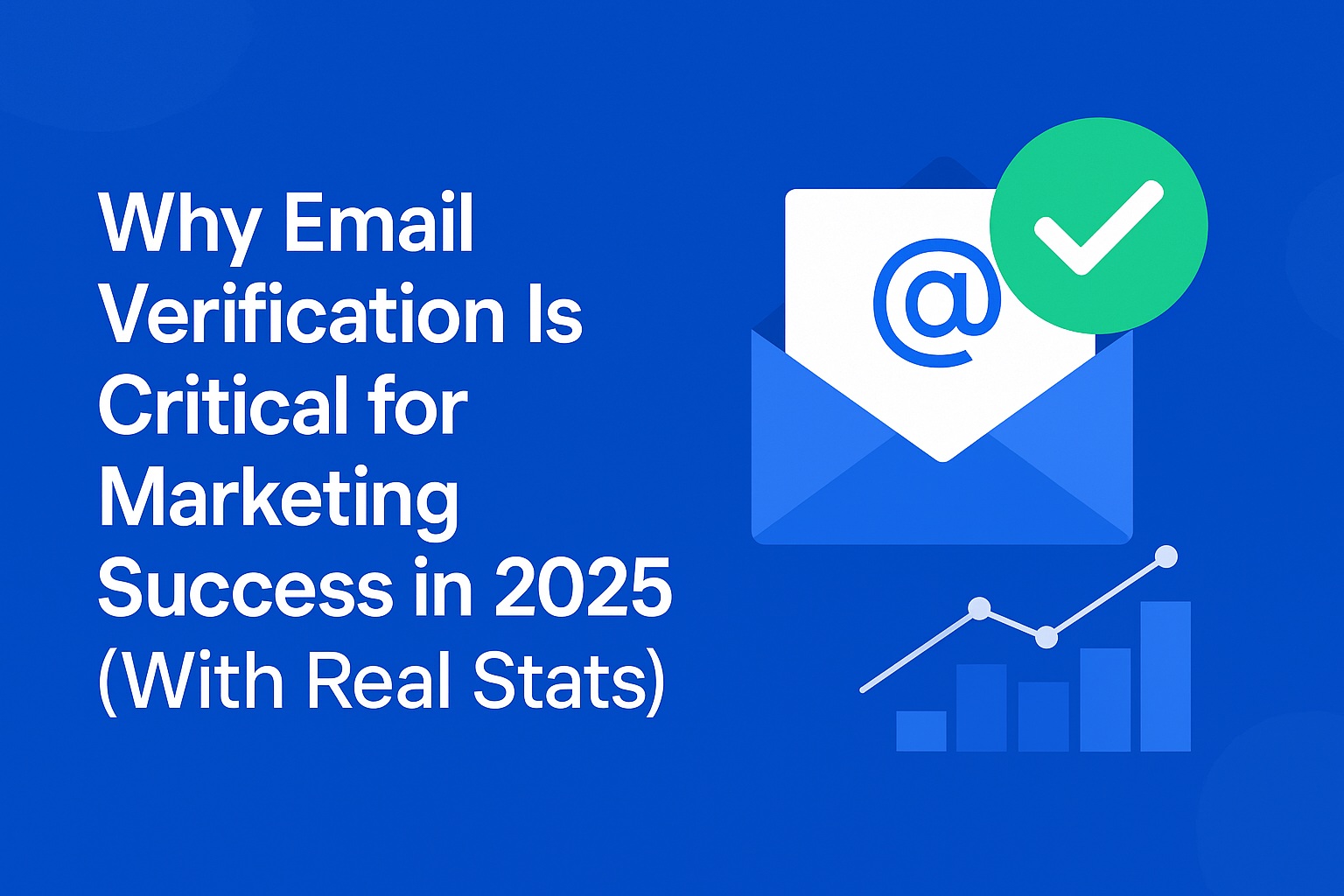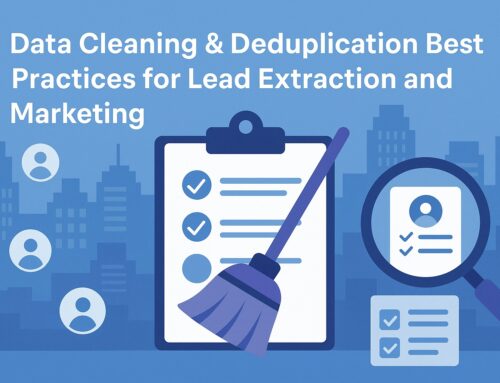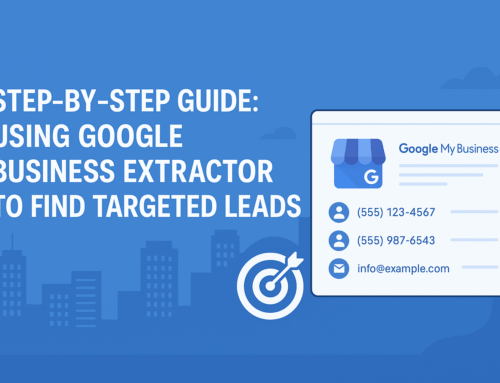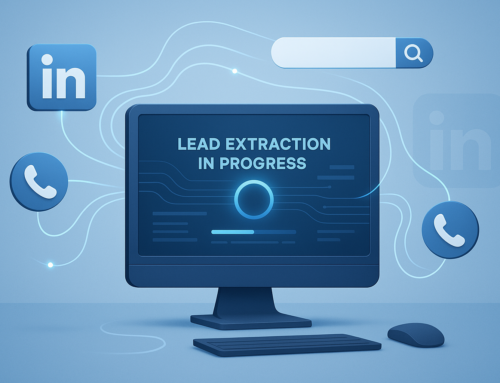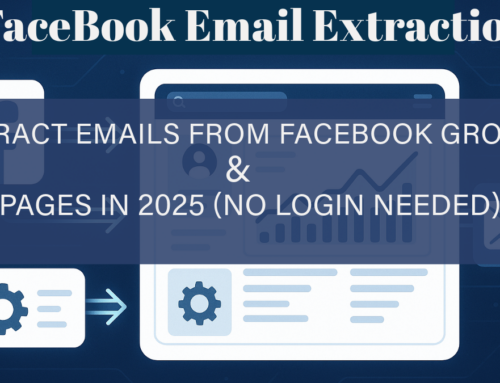Email marketing remains one of the highest-ROI channels available to businesses today.
But in 2025, sending emails without proper email verification is no longer an option — it’s a direct threat to your sender reputation, deliverability, and overall campaign performance.
The rules have tightened. Email providers have become stricter. Data quality issues have increased.
And the result?
More bounces, more spam flags, and fewer emails reaching inboxes.
In this guide, we break down why email verification is absolutely critical in 2025, backed by real statistics and how you can protect your domain reputation.
1. Email Marketing Still Delivers the Highest ROI in 2025
Despite the rise of WhatsApp, social media, and AI chatbots — email remains unmatched for marketing ROI.
📊 Key Stats
-
Email generates an average $36 for every $1 spent (Litmus, 2024).
-
59% of B2B marketers say email is their most effective lead generation channel (HubSpot).
-
Email delivers 6× higher conversions than social media.
But here’s the catch:
None of this matters if your emails don’t reach inboxes.
And inboxing depends heavily on the quality of your email list.
2. Bounce Rate Is the Silent Killer of Deliverability
Most marketers focus on subject lines, funnels, and automation…
but the biggest threat is something else entirely:
👉 High email bounce rate.
A bounce rate above 2% can trigger provider suspicion.
Above 5% can damage your domain reputation.
Above 10% can get your domain throttled or blocked.
📊 Real-World Bounce Rate Data
-
The average email bounce rate across industries is 10.14% (Constant Contact).
-
20–30% of email lists degrade every year due to role changes, abandoned accounts, fake signups, spam bots, and expired domains.
-
51% of companies never verify emails collected from lead forms.
This leads to bounced emails — which email providers treat as a sign of poor list hygiene.
Once that happens, Google, Outlook, and Yahoo start pushing your messages into:
-
Spam
-
Promotions
-
Or they stop inboxing entirely
Verification is the only protective shield.
3. Why Email Verification Matters More in 2025
Email security and anti-spam systems have become significantly stricter.
Here’s what changed:
-
Google & Yahoo’s 2024 Deliverability Updates now penalize senders who exceed bounce or spam thresholds.
-
Disposable email services have increased by 60% since 2022 (Kickbox).
-
Bots and fake signups now make up 35% of all web form submissions (DataDome).
-
Cold email volume has grown by 200%+, which means competition for inbox space is tighter.
In 2025, sending to unverified emails is like burning money —
and risking your entire domain reputation.
Email verification helps you:
✔ Remove invalid emails
✔ Remove disposable addresses
✔ Remove spam traps
✔ Identify risky mailboxes
✔ Ignore catch-all domains
✔ Improve inbox placement
And most importantly —
it reduces bounce rate, which directly impacts deliverability.
4. How Email Verification Improves Deliverability
Deliverability = ability to land in inbox.
A verified list improves deliverability in multiple ways:
1. Lower Bounce Rate
Verified lists reduce bounces by 70–95%, keeping your domain healthy.
2. Higher Sender Reputation
Email providers reward good senders with better inbox placement.
3. More Opens & Clicks
The cleaner the list, the better your engagement and ROI.
4. Spam Trap Protection
Verification tools detect patterns used by recycled or trap emails.
5. Better ROAS for Paid Ads
If you’re collecting leads through ads → verification prevents fake signups from draining your funnel.
5. Email Providers Now Track Domain Reputation Aggressively
Domain reputation is like your email credit score —
if it drops, you cannot send effectively anymore.
Providers track:
-
Bounce rate
-
Complaint rate
-
Spam score
-
List quality
-
Sending patterns
-
Engagement
-
History of spam trap hits
A single bad campaign can hurt your domain for months.
Email verification protects you from these penalties.
6. Verified Lists = Lower Costs
Email platforms charge you based on subscriber count.
If 10–30% of your list is invalid (industry average)…
you’re paying extra every single month for fake subscribers.
Verification removes waste → reduces your email bill immediately.
7. How Often Should You Verify Your Email List?
Depends on your business model:
For SaaS & Agencies:
Verify monthly
For Ecommerce & Newsletters:
Verify every 60–90 days
For Cold Email & Lead Gen:
Verify before every campaign
For Lead Forms:
Use real-time API verification to stop bad emails instantly.
8. What Happens If You Don’t Verify Your Emails?
Here’s the harsh truth:
❌ Your bounce rate increases
❌ You land in spam
❌ Your domain reputation declines
❌ Deliverability drops
❌ Cold emails stop working
❌ Your email tool may suspend you
❌ You waste money on invalid contacts
Ignoring verification kills long-term email success.
Conclusion: Email Verification Is Non-Negotiable in 2025
Marketing is evolving.
AI is rising.
Privacy rules are becoming stricter.
But email remains the backbone of business communication.
And as email becomes more competitive, clean data becomes the key to success.
If you want to:
✔ maintain deliverability
✔ protect your sender reputation
✔ reduce bounce rate
✔ get more opens, clicks, and conversions
✔ ensure your campaigns reach the inbox
…email verification is no longer optional.
It’s critical infrastructure for your marketing tech stack.
Ready to reduce your bounce rate and improve deliverability?
You can try a cloud-based email verification tool free for 7 days and clean your lists instantly.
👉 Start your free trial
(Instant access — no credit card needed.)

